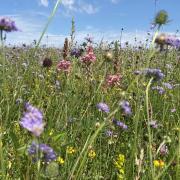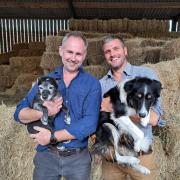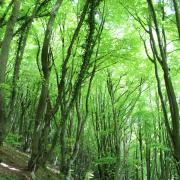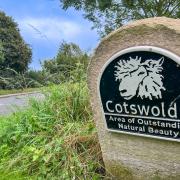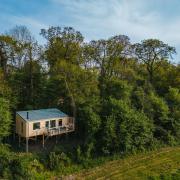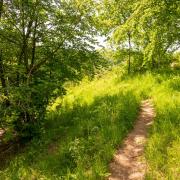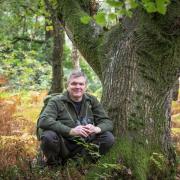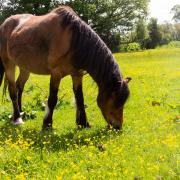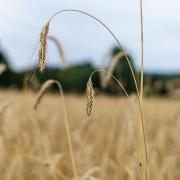Blenheim Estate lets nature run wild
Gardeners at the Blenheim Estate in Oxfordshire are ditching their mowers and allowing nature to lead the way.
The rural team at the Oxfordshire UNESCO World Heritage Site are letting areas of the ‘Capability’ Brown-landscaped parkland and formal gardens grow wild in a bid to encourage wildflowers and boost biodiversity. The estate is home to many rare and unusual native plants including pyramidal orchids, bird’s-foot trefoil and bee orchids and it is hoped the ‘let it grow’ project will further boost both the number and the range of species.
Ground under many of the estate’s ancient trees is being left unmown along with areas alongside Blenheim Palace’s miniature railway. Where lawns are being cut, the gardening team is raising the height of the blades to ensure plants like white and crimson clovers, which provide vital food resources for pollinators, are not affected.

‘The Blenheim Estate is an incredibly rich habitat for thousands of native species and there are a number of sites of Sites of Special Scientific Interest (SSSI) including the Great Lake, Queen Pool and the ancient High Park woodland,’ says gardener Chris Horne.
‘Recently we also discovered the estate supports dozens of colonies of rare, native honeybees which play a crucial role in pollinating plants and flowers.
‘By leaving certain areas of the parkland and gardens to grow wild we are encouraging wildflowers and native plants and grasses to flourish. We are also leaving fallen branches and tree trunks in place as they provide an incredibly rich habitat for insects and other invertebrates,’ he adds.

Blenheim’s gardeners have also been busy planting millions of wildflower seeds around the estate, as part of a major conservation project with Rowse Honey.
Visitors to the UNESCO World Heritage Site in Oxfordshire this summer will be treated to a kaleidoscope of colourful wildflowers, all chosen for their pollinator-friendly properties. The new five-year partnership between the Blenheim Estate and Rowse Honey will see the creation of a ‘pollinator paradise’, consisting of at least 50 acres of pollinator-rich meadows and 124 miles of hedgerow.
It forms part of Blenheim Estate’s wider land strategy, as well as Rowse’s Hives for Lives programme which focuses on protecting bees and supporting beekeepers through initiatives that help honey bees thrive in the UK and around the world. Blenheim is also planting nine new woodlands and constructing permissive pathway and cycle routes to open up much more of the green spaces to visitors.

‘For hundreds of years the land on and surrounding the estate has been managed by our Rural Teams,’ says head of estates Rachel Furness-Smith.
‘We take great pride in being custodians of the land, farming to raise the finest local produce as well as conserving the Park landscape, ancient woodlands and extensive rights of way across the estate.
‘Encouraging wildlife and providing access to green spaces for people are incredibly important and we are committed to improving the land we look after and protecting it for future generation to explore and enjoy,’ she adds.
READ MORE: A special partnership puts nature at the heart of Blenheim Estate.





